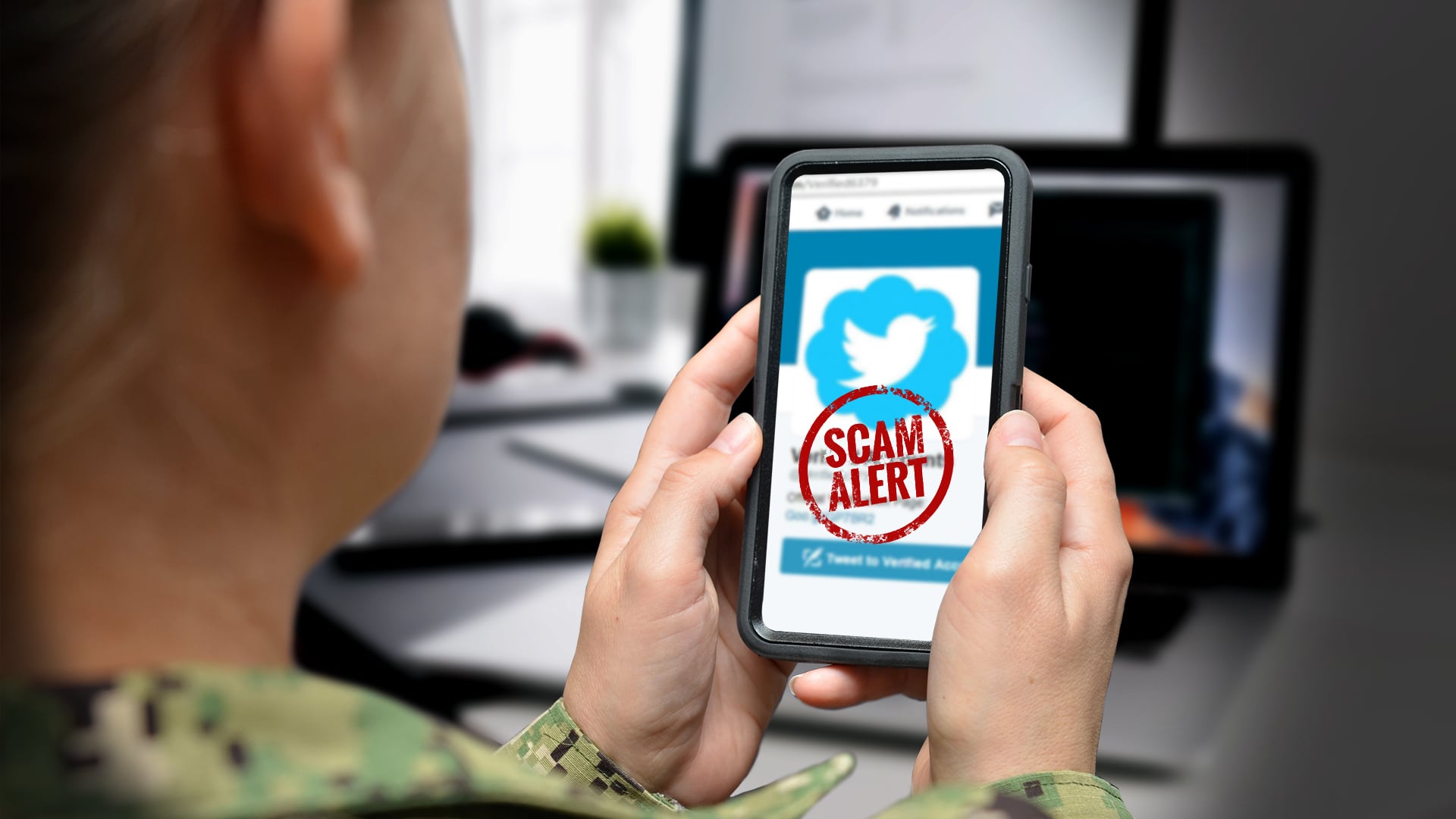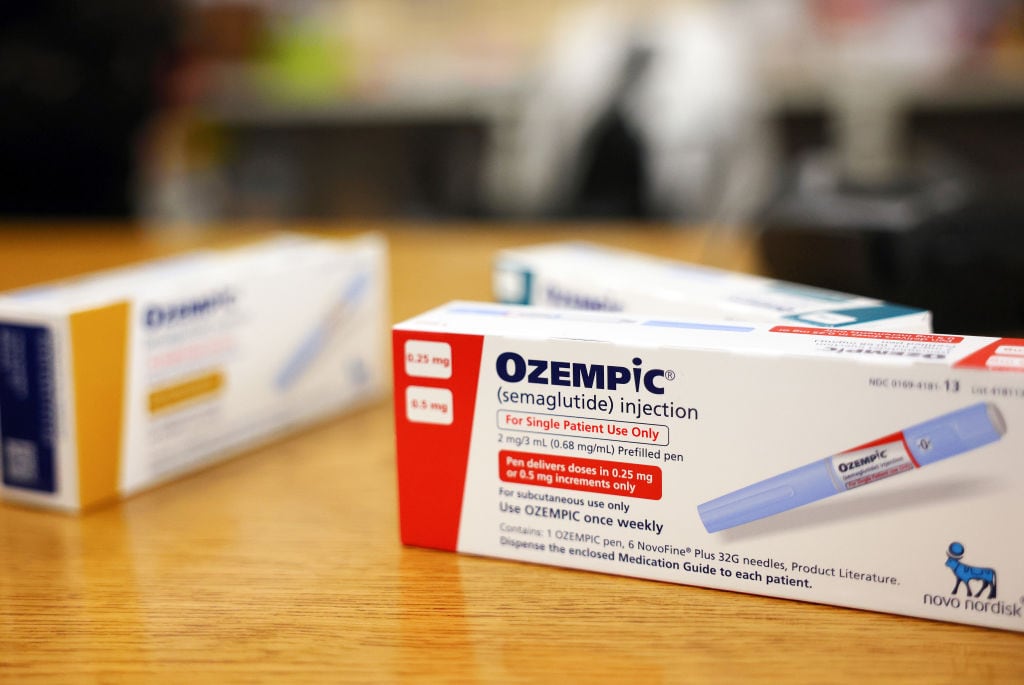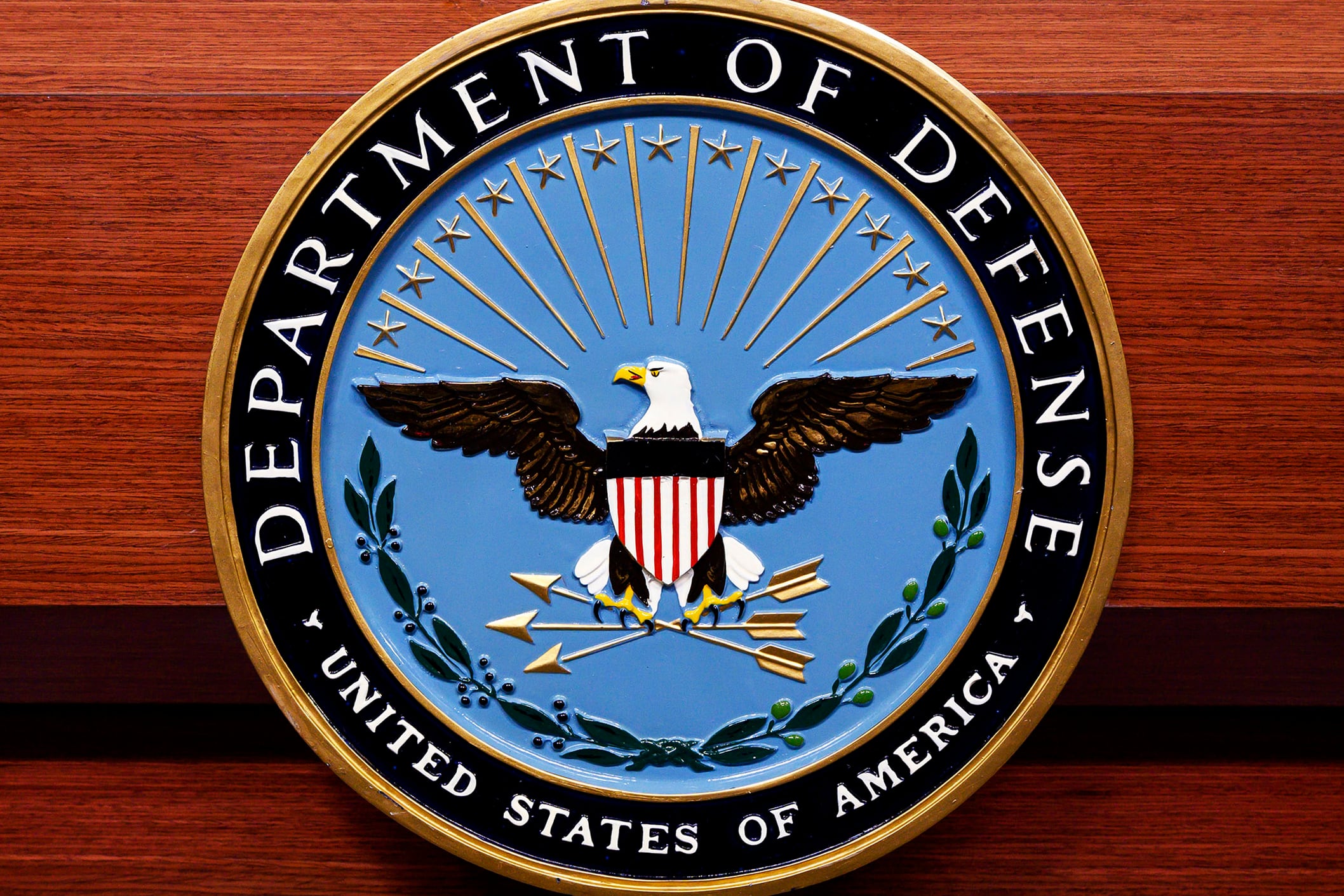SHADDADI, Syria (AP) — In the searing 108-degree heat, far from his Louisiana health care business, Army Col. Scott Desormeaux and his soldiers are on a dusty base near Syria’s northern border, helping Syrian rebel forces battle Islamic State militants and keeping an eye on Russian troops in the region.
It’s tough duty for the soldiers. But their deployment to the Middle East last November is just a small part of the blistering pace of missions that members of the Louisiana National Guard and America’s other citizen-soldiers have faced in the past 18 months.
Beyond overseas deployments, Guard members have been called in to battle the COVID-19 pandemic, natural disasters and protests against racial injustice. For many, it’s meant months away from their civilian jobs and scarce times with families. While Guard leaders say troops are upbeat, they worry about exhaustion setting in and wonder how much longer U.S. businesses can do without their long-absent workers.
Back home in Louisiana, Sgt. 1st Class Bray Harris has been living in hotels around Baton Rouge since March 2020, helping provide COVID-19 testing and the vaccine to residents. He’s only been able to race home to Lake Charles — two hours away — a few times, including to evacuate his mother during one of the major storms that hit the state.
Nearby at Camp Beauregard, Capt. Michael Switzer has been sleeping in his office. Over the past 15 months, he and his soldiers have juggled security and work at virus testing sites with road clearance and emergency supply deliveries during the storms and then distribution of the vaccine. For Father’s Day, his wife bought him a cot and a 5-inch-thick foam mattress to replace the air mattress he’d been using.
RELATED
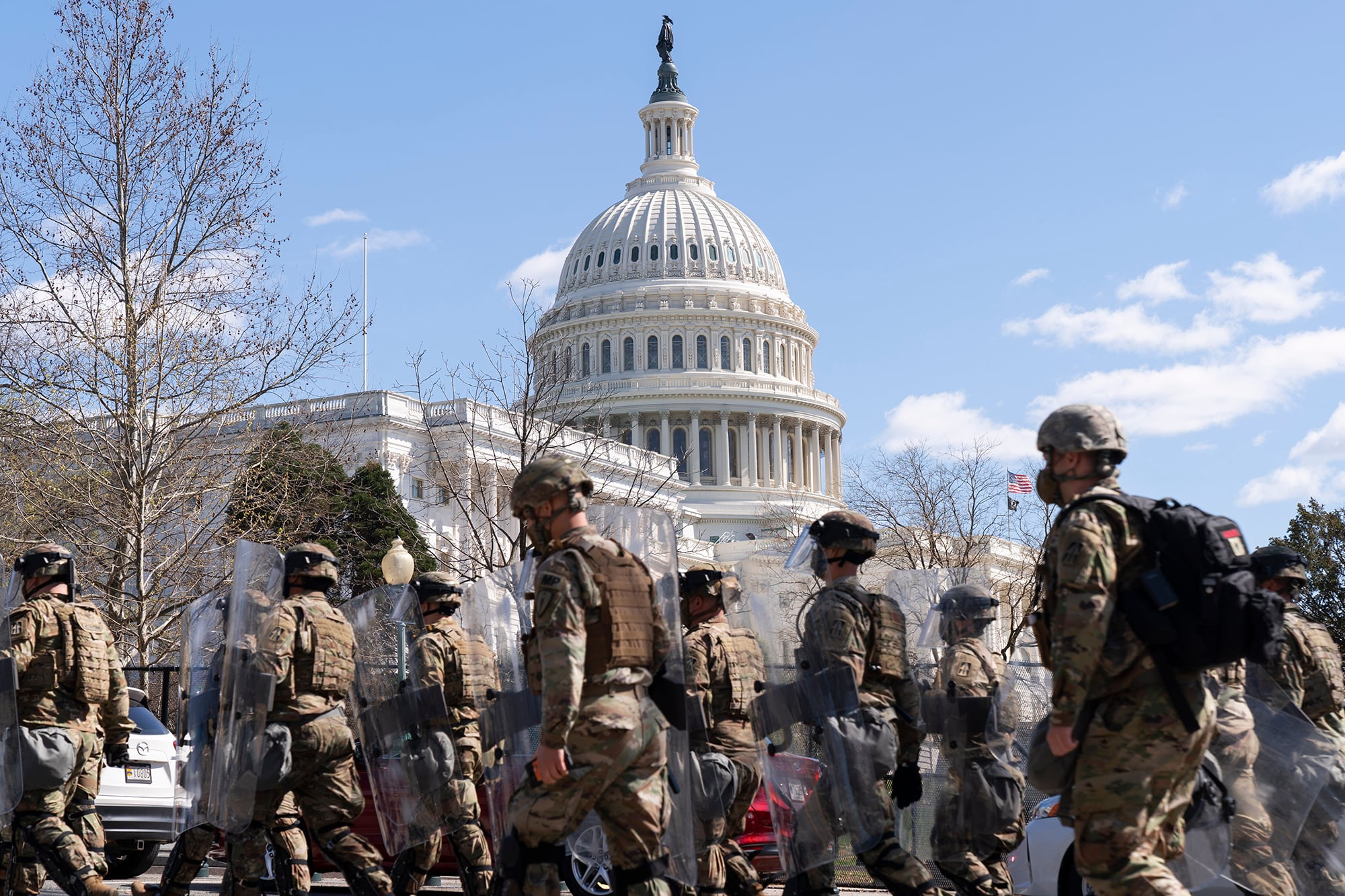
Since March 2020, Guard units around the country have been lurching from one national crisis to the next. They were tapped almost immediately when the pandemic broke out to help conduct testing, build field hospitals, provide health care and, eventually, deliver vaccines. But at the same time, many — like those in Louisiana — were also facing a record year of storms and hurricanes while taking weeks off from their regular jobs to protect their communities during the race riots. More than 26,000 Guard members deployed to Washington, D.C., to secure the president’s inauguration.
“This past year was an extraordinary one for the National Guard,” said Gen. Dan Hokanson, chief of the National Guard Bureau. Does he worry about exhaustion setting in? “That’s something I’ve been very concerned with right from the start.”
As he makes his rounds, he said the Guard troops are upbeat and tell him, “Hey, this is what we signed up to do.” But across the states, there are growing concerns about returning troops to their regular jobs and getting them back to critical training schedules.
For Desormeaux, last year began with the pandemic outbreak, as his soldiers deployed to help build a 2,000-bed hospital at the Memorial Convention Center in New Orleans. Others spread out across the state, setting up mobile testing sites and delivering testing kits where needed.
Then, in early June, Tropical Storm Cristobal made landfall in Louisiana, becoming the first of six named storms and hurricanes to hit the state last year. And as the hurricane season was wrapping up, Desormeaux’s 256th Infantry Brigade packed up and headed to Syria.
“It’s probably the most challenging two-year period you can find,” he told reporters who traveled to Shaddadi with Marine Gen. Frank McKenzie, top commander for the Middle East. “But I think it just really speaks to the dedication and professionalism of these kids because they were there every step of the way.”
RELATED
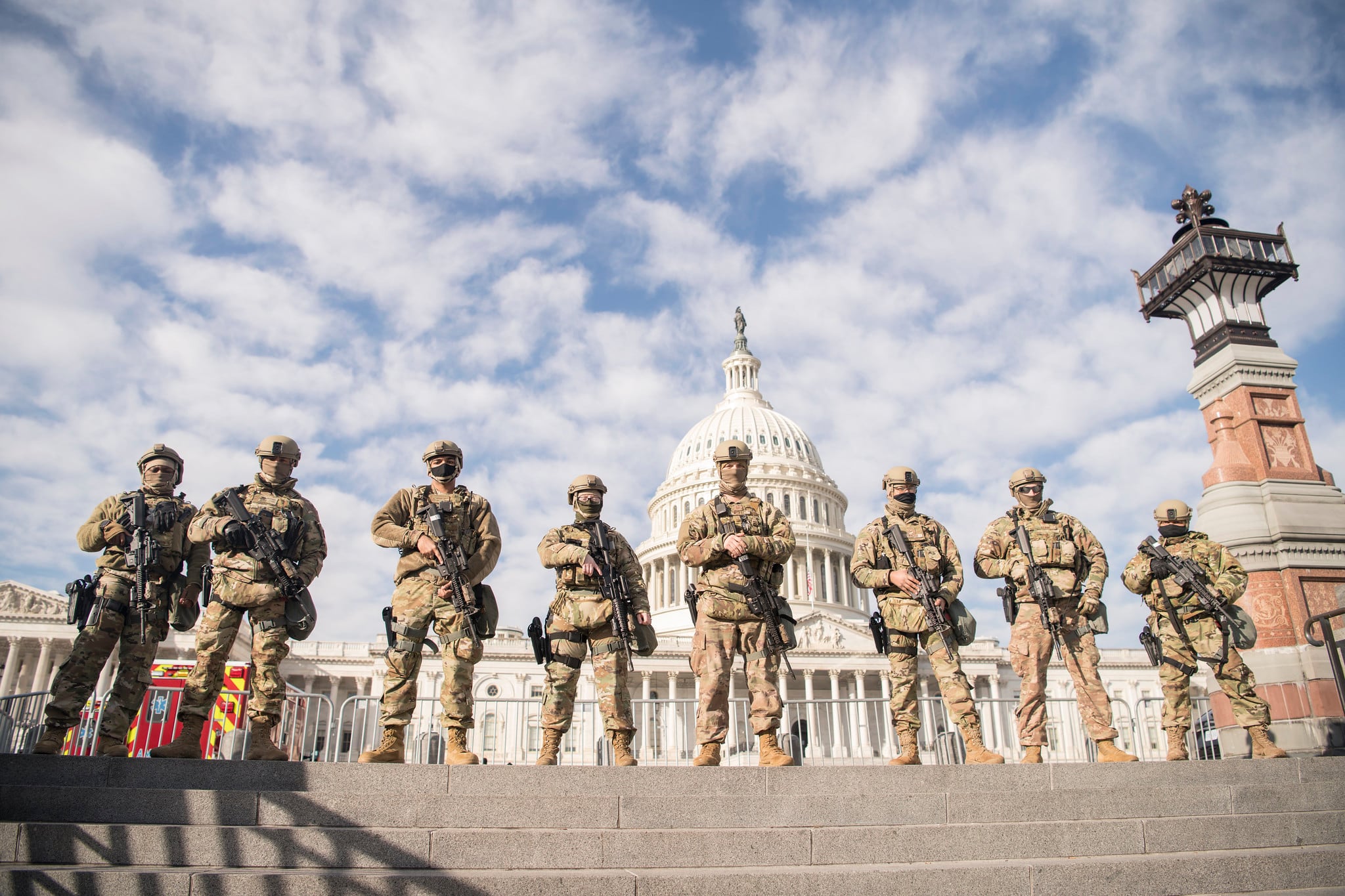
When Harris moved into the Doubletree Hotel in Baton Rouge in March 2020 to be near his Guard logistics post, he didn’t know he’d be leaving his job at the Louisiana Department of Transportation and Development for 15 months. During that time, he’s gone home to Lake Charles mainly to check on his two properties and get his mother to safety during major storms.
“To spend over a year of life without truly catching a breath, without truly unplugging — it’s been challenging, and each disaster or circumstance has presented its own set of challenges,” said Harris, who had one property flood during Hurricane Delta, forcing him to sell because he didn’t have time to repair it. “My leaders have supported me in every way, and whenever I needed to go get my mother, they allowed me to do that. Whenever I needed to go secure my property after the storm, they allowed me to do that.”
In most cases, employers were understanding as their workers left to fulfill their Guard responsibilities. For some, the Guard duty provided a critical paycheck as companies scaled back or shut down while the pandemic raged. For others, particularly those in the medical fields, reporting to Guard duty was not a good option.
“We didn’t want to tap into those who are already providing emergency services,” Switzer said. “So we had challenges based on not using our first responders because they’re also fighting this in a different capacity.”
Those limitations, he said, reduced their pool of troops, and it was exacerbated by Guard members who would suddenly either contract COVID-19 or be forced into quarantine because they were exposed. The Guard focused on calling in unemployed soldiers first, he said, including some who worked on the oil rigs.
“A lot of the oilfield workers that were laid off would come in and work until they can get back into that field,” said Switzer. “We were able to give them employment. So not only did they help meet the mission, they were also helping their families by finding employment.”
Sgt. Maj. Verdis Walker got called up for storm duty in April 2020, leaving his post at the Bossier Parish Sheriff’s Department. He moved into his recreational vehicle in central Louisiana and lived there much of last year, until he shifted to pandemic duty. Now he’s living in the Guard barracks in Carville, near Baton Rouge, where he serves as the senior enlisted adviser for the Louisiana Guard’s COVID-19 task force.
He said the biggest challenge for the troops has been to keep a positive attitude and a good balance among their Guard duty, their professional jobs and their families. For him, that means taking time off when he can drive four hours north to his home and the sheriff’s department so he can take classes and keep up his weapons qualification and other certifications that he needs to remain an officer.
“Fortunately for me, I have a sheriff in my town that is very military friendly, and he’s very supportive of the military efforts,” Walker said. “He understands when storms and things happen that people have to go and help.”
So far, Hokanson said, the strains of the past year haven’t hurt retention.
The Army Guard has hit its end strength goal of 336,500 for the fiscal year beginning in October. And he said a small shortfall in recruiting has been offset by the higher retention numbers and an increase in active-duty soldiers and Marines shifting to the Guard.
Looking ahead, Hokanson said that as more businesses start to reopen, Guard members will be increasingly needed back home at their jobs.
“A lot of our soldiers and airmen that may not have had employment, or were furloughed during that time frame, a lot of them are asking them to go back to work,” he said, adding that the adjutants general in all the states must carefully manage their troops’ operations and training in the coming months.
“We asked a lot of them,” Hokanson said. “Now the states want to focus on building their combat readiness and really getting back to that balance of their civilian career, their military career and their families.”
For Harris, that means returning to his Transportation Department job when his orders are done. He’s been assured the job will be there whenever he gets back, but meanwhile his Guard mission goes on.
“I knew that I had a mission and that my state depended on me. There was never a question of ‘How am I going to do this?’ It’s been just get up and do it,” he said. “It’s been an opportunity to grow as a leader and to truly feel like I’m making a difference.”


